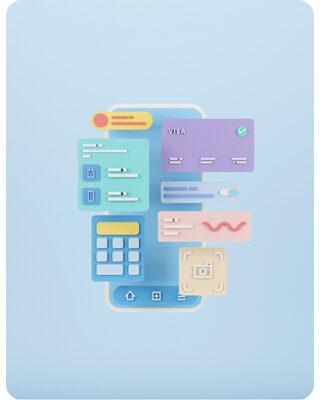Understanding the Iterative Design Approach

The iterative design approach is a cyclical process of creating, testing, and refining a product or solution. This methodology prioritizes continuous improvement through feedback and adjustments, ensuring that the end result meets user needs effectively.
Key Steps in Iterative Design
- Research and Planning: Define goals, gather requirements, and understand user needs.
- Prototyping: Develop an initial version or mockup of the product.
- Testing: Gather feedback from users through usability tests or surveys.
- Analysis: Evaluate feedback and identify areas for improvement.
- Refinement: Make necessary changes to the design based on insights.
- Repeat: Iterate through these steps until the product achieves the desired quality and functionality.
Benefits of the Iterative Design Approach
- User-Centric: Constant feedback ensures the product aligns with user expectations.
- Risk Reduction: Early identification of issues minimizes costly errors later.
- Flexibility: Adapts to changing requirements or constraints during development.
- Improved Quality: Incremental improvements lead to a polished final product.
Applications of Iterative Design
- Software Development: Commonly used in Agile and UX/UI design processes.
- Product Development: Enhances physical product prototypes.
- Education: Facilitates courseware and e-learning module refinement.
Conclusion
The iterative design approach is essential for creating user-focused, high-quality solutions. By embracing a mindset of continuous improvement, teams can adapt to feedback and ensure their designs evolve to meet real-world needs effectively.
